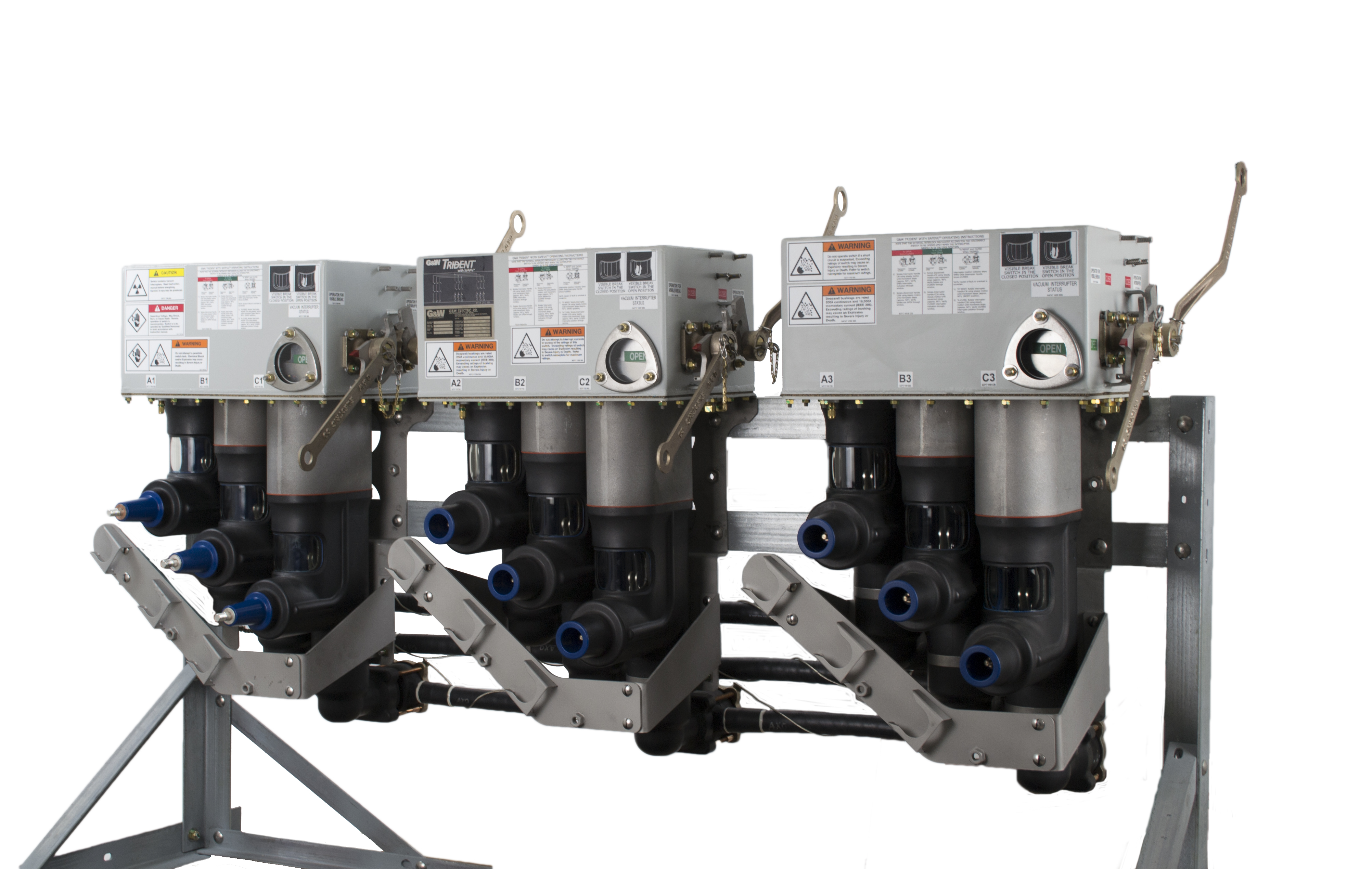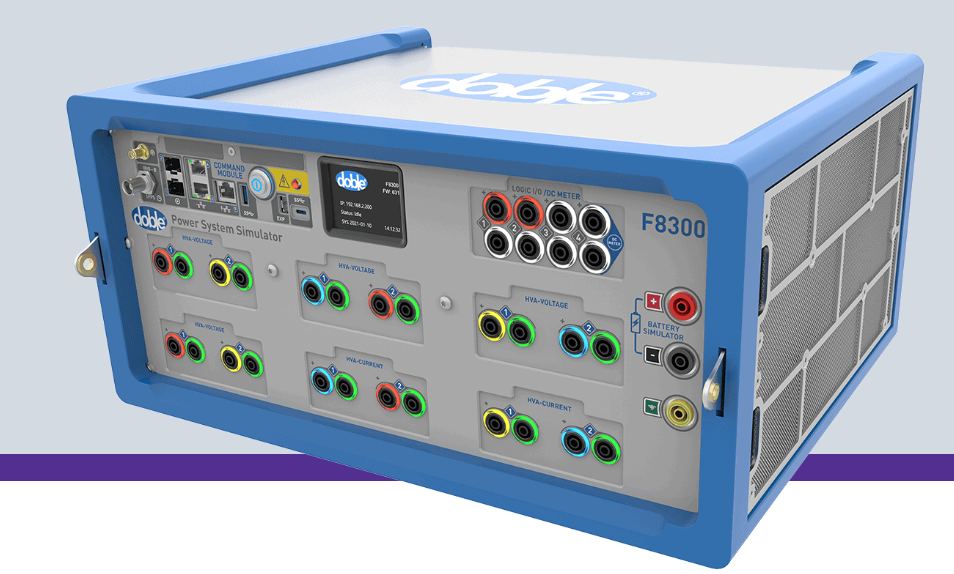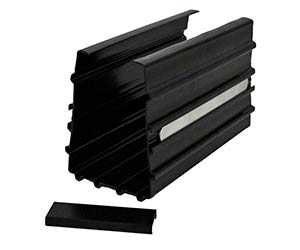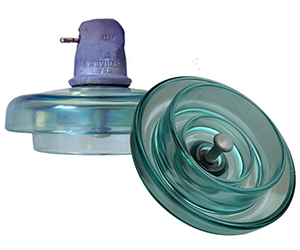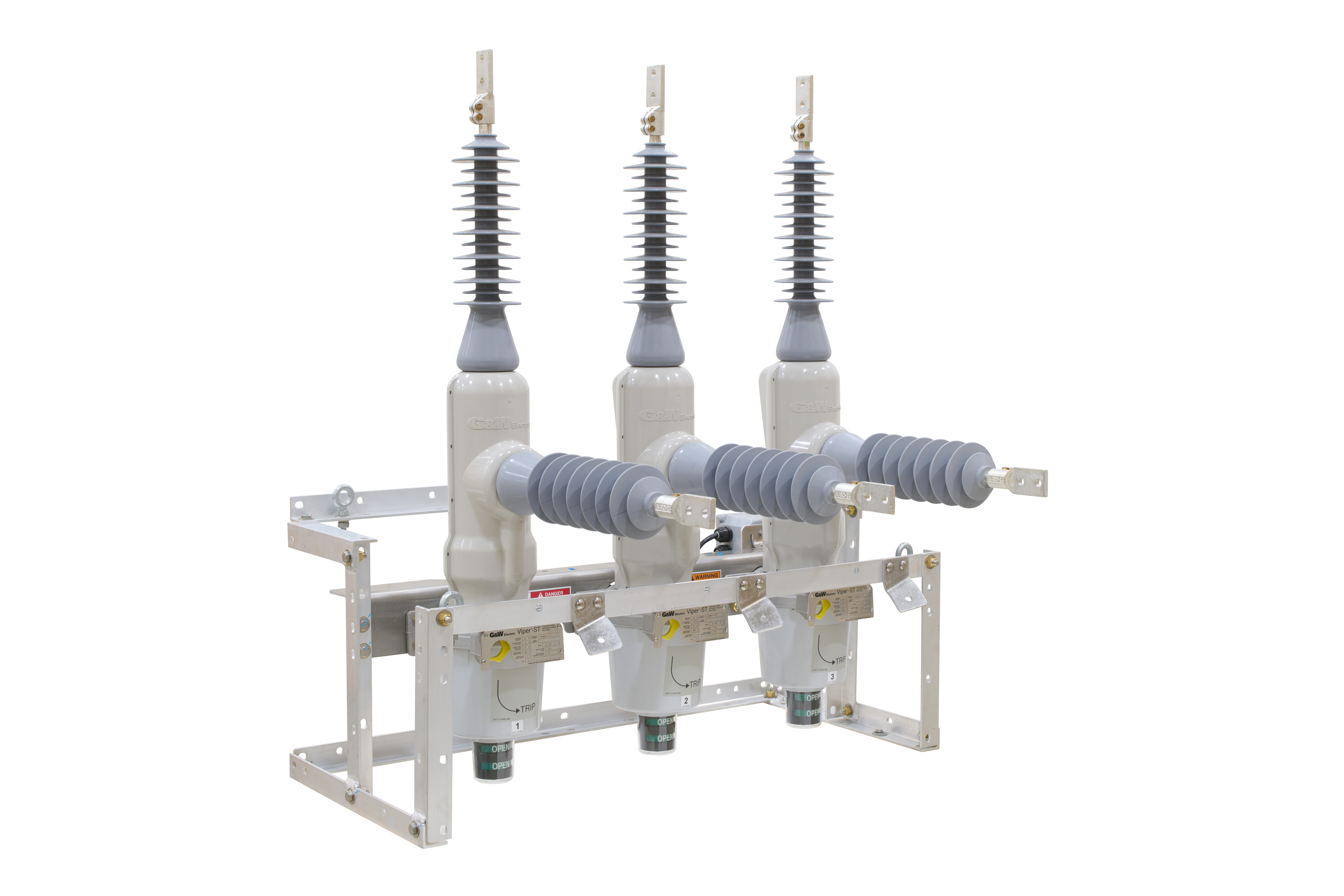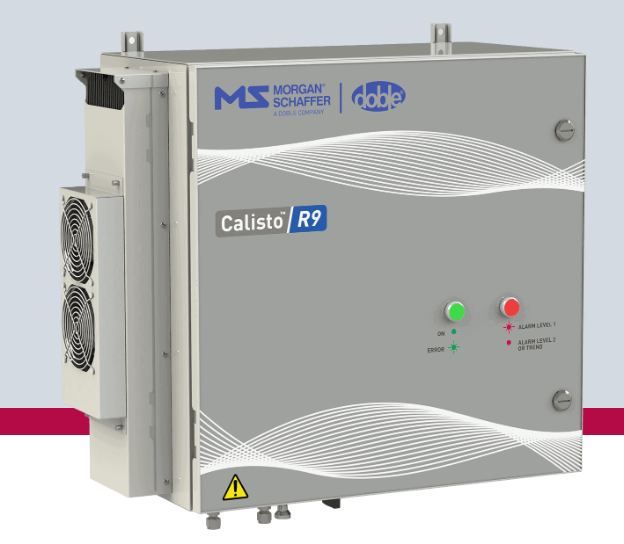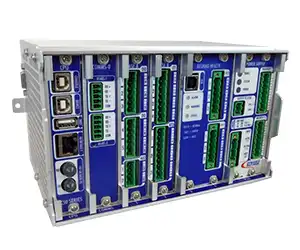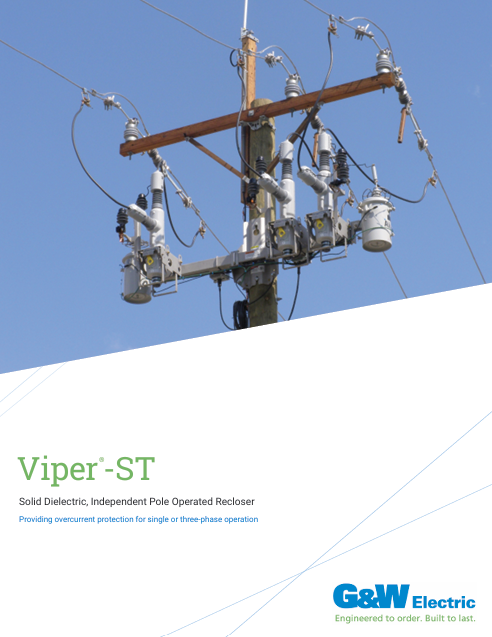Transformer Design Principles
Transformer design is a complex and critical aspect of electrical engineering that demands a deep understanding of various factors, including the magnetic core, winding configurations, voltage regulation, and cooling methods. By addressing these aspects and answering essential questions, engineers can create devices that effectively transmit and distribute electrical power, ensuring the efficient functioning of various systems and technologies.
A crucial component in electrical engineering, transformers play a vital role in the transmission and distribution of electrical power. These versatile devices have numerous applications, ranging from small ones in electronic devices to massive units used in power distribution networks.
At the heart of transformer design is the electrical transformer, designed to transfer electrical energy from one circuit to another through electromagnetic induction. The primary components include the magnetic core, winding configuration, insulation materials, and cooling methods. Each of these elements plays a critical role in determining overall performance, efficiency, and durability.
The magnetic core typically comprises high-quality silicon steel, which helps reduce core losses and improve magnetic flux. In addition, the core area and cross-sectional area are carefully considered to maintain an optimal balance between core losses, temperature rise, and flux density. These factors significantly impact efficiency and overall lifespan.
In terms of winding configuration, they may feature various arrangements, such as primary and secondary windings, wound around the magnetic core. Copper wire is often used for windings due to its high conductivity and low resistance. The number of turns, wire size, and winding techniques significantly impact power distribution, voltage regulation, and efficiency. Primary and secondary voltages are crucial aspects that help determine the input and output voltage levels.
Losses can be categorized into core losses and copper losses, with core losses resulting from the magnetic properties of the core material and copper losses occurring due to the resistance in the primary and secondary windings. To minimize these losses, engineers carefully optimize the core area, wire size, and the number of turns.
Efficient cooling methods are vital to ensure reliable operation and prevent overheating, which can lead to a shortened lifespan or even catastrophic failure. Various cooling techniques, such as air, oil, and forced circulation, dissipate the heat generated during operation.
Voltage regulation is another essential aspect, as it ensures consistent output voltage levels despite fluctuations in the input voltage or load. Engineers consider factors like secondary wire resistance, core losses, and transformer winding techniques to maintain optimal voltage regulation.
Insulation materials, such as paper, resin, or ceramic, ensure safe operation by separating conductive parts and preventing electrical breakdowns. The selection of insulation materials is based on factors like thermal properties, dielectric strength, and environmental factors.
Short-circuit impedance is an important parameter influencing response to short circuits and overloads. By carefully considering this parameter during the design process, engineers can enhance safety and resilience in the face of electrical faults.
Transformer Design Standards
In addition to the various factors discussed earlier, a comprehensive understanding of standards is essential for engineers to create safe, reliable, and high-quality transformers. Standards define minimum requirements for materials and components and provide guidelines for design methodologies, testing procedures, and performance metrics. Some widely recognized international standards for transformer design are developed by organizations such as the Institute of Electrical and Electronics Engineers (IEEE), the International Electrotechnical Commission (IEC), and the American National Standards Institute (ANSI).
When it comes to detailed design, engineers must consider each application's specific requirements. For instance, power transformers in transmission and distribution networks must prioritize high efficiency and durability. On the other hand, transformers used in electronic devices need to be compact and lightweight while still delivering adequate performance.
Moreover, there are specialized designs for specific applications, such as audio, pulse, and instrument transformers. Audio transformers, for example, are optimized for low distortion and wide frequency response, while pulse transformers focus on delivering fast voltage rise and fall times.
Another aspect to consider is the impact of environmental conditions, such as temperature, humidity, and altitude. These factors can influence the choice of insulation materials and cooling methods and determine the required derating of the transformer's capacity.
To ensure the highest quality and reliability, transformers undergo a series of tests during manufacturing. These tests may include routine tests, such as insulation resistance, winding resistance, and no-load loss measurements, as well as more specialized tests like impulse voltage and temperature rise tests. Furthermore, they may be subjected to type tests performed on a sample unit to validate the design's performance under extreme conditions, such as short-circuit or lightning impulse tests.
Finally, another crucial aspect is the implementation of protective devices and monitoring systems. These measures help detect and mitigate potential issues, such as overheating, voltage surges, or mechanical failures and ultimately contribute to extending service life.
A well-rounded approach involves a deep understanding of core components and performance aspects, adherence to international standards, and consideration of application-specific requirements. By accounting for environmental factors, ensuring performance through rigorous testing, and incorporating protective and monitoring measures, engineers can develop high-quality, efficient, and reliable units that serve their intended purpose.
On-Site Training
Interested in cost effective, professional on-site electrical training?
We can present an Electrical Training Course to your electrical engineering and maintenance staff, on your premises, tailored to your specific equipment and requirements. Click on the link below to request a Free quotation.
EF PARTNER MEDIA
Videos
Product Showcases
Shared Media













